Schatten - Eine nächtliche Halluzination (1923) Online
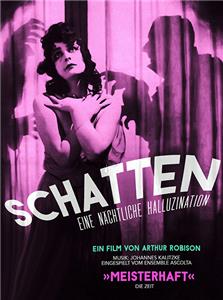
During a dinner, given by a wealthy baron and his wive, attended by four of her suitors in a 19th century German manor, a shadow-player rescues the marriage by giving all the guests a vision what might happen tonight if the baron stays jealous and the suitors do not reduce their advances towards his beautiful wife. Or was it a vision?
| Credited cast: | |||
| Alexander Granach | - | Shadowplayer | |
| Max Gülstorff | - | 2. Kavalier | |
| Lilli Herder | - | Dienstmaedchen | |
| Rudolf Klein-Rogge | |||
| Fritz Kortner | - | The count | |
| Karl Platen | - | 2. Diener | |
| Fritz Rasp | - | Diener | |
| Eugen Rex | - | A servant | |
| Ferdinand von Alten | - | 3. Kavalier | |
| Gustav von Wangenheim | - | Her lover | |
| Ruth Weyher | - | His wife |
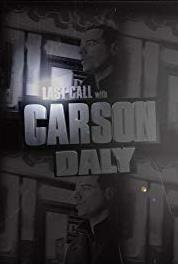


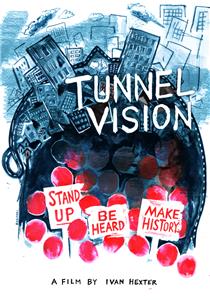

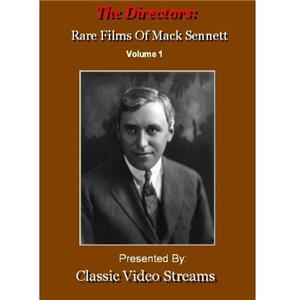
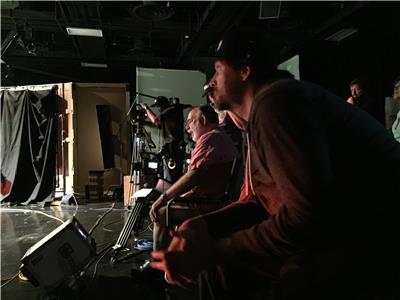

User reviews